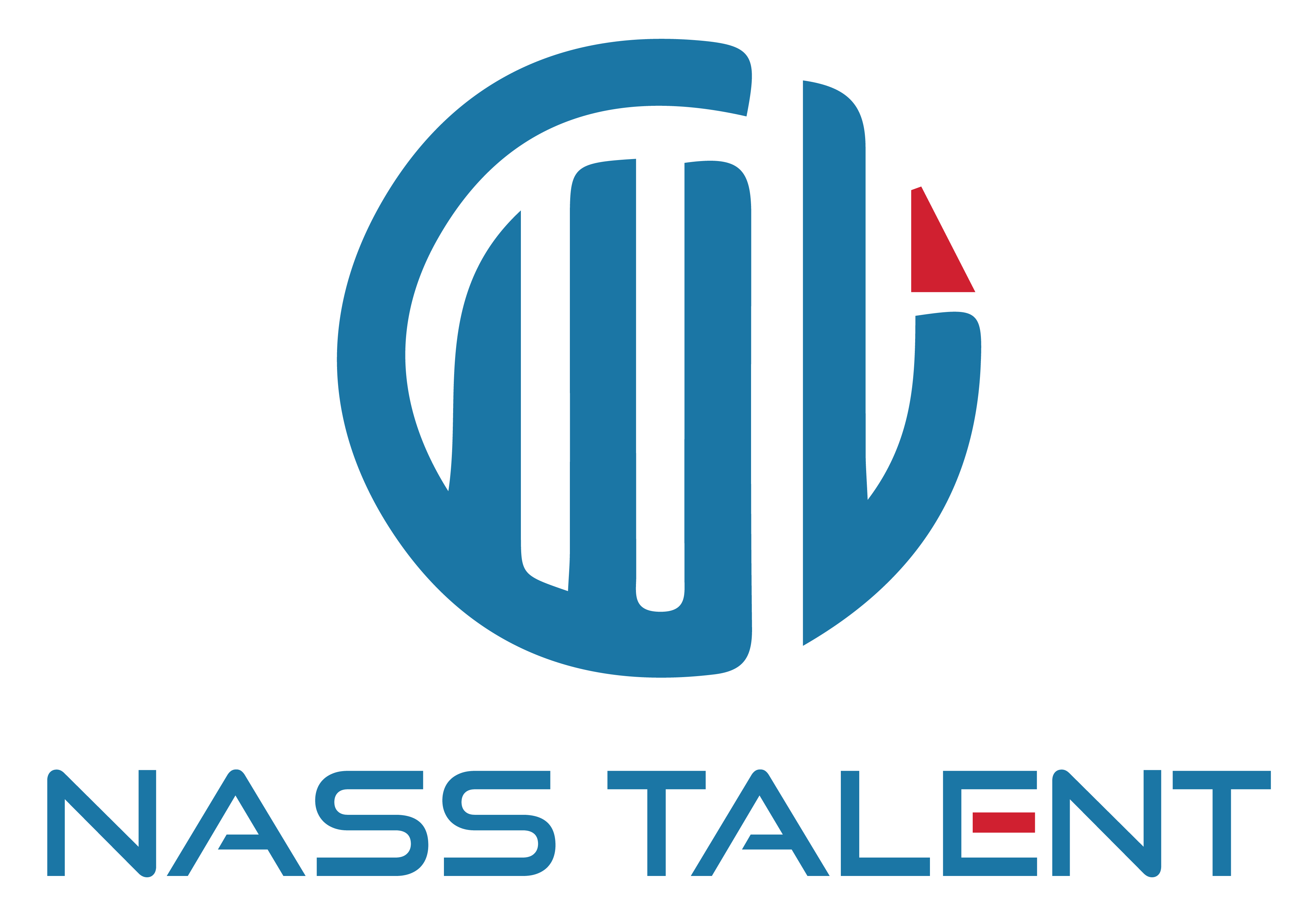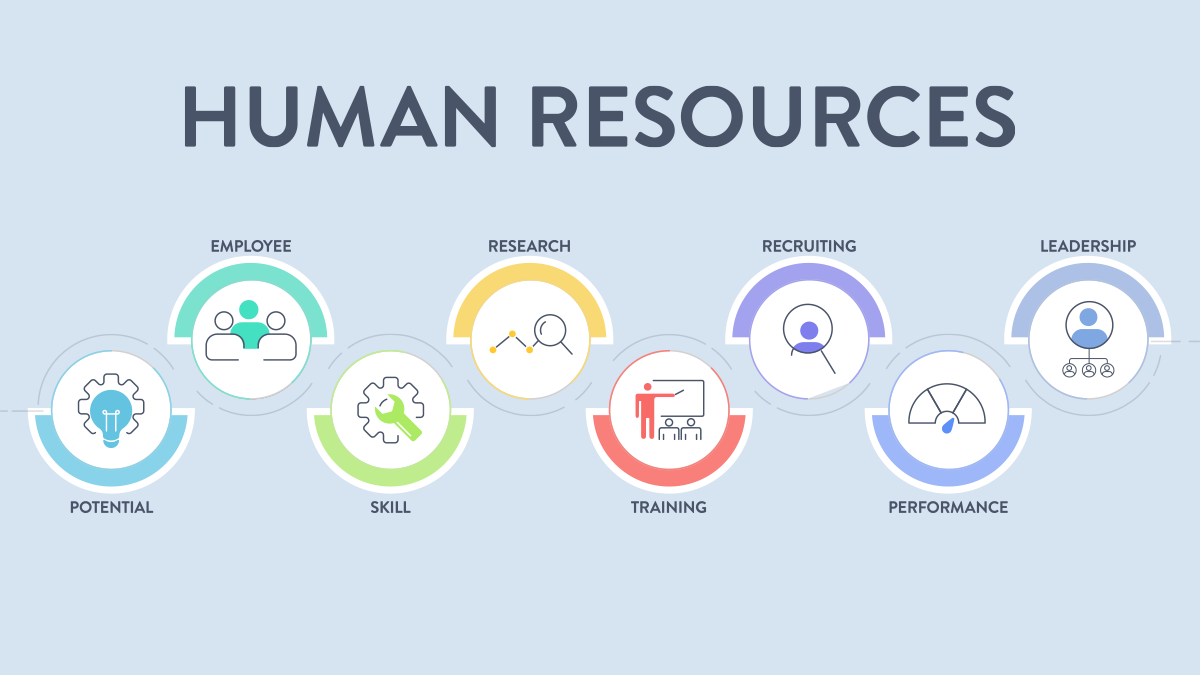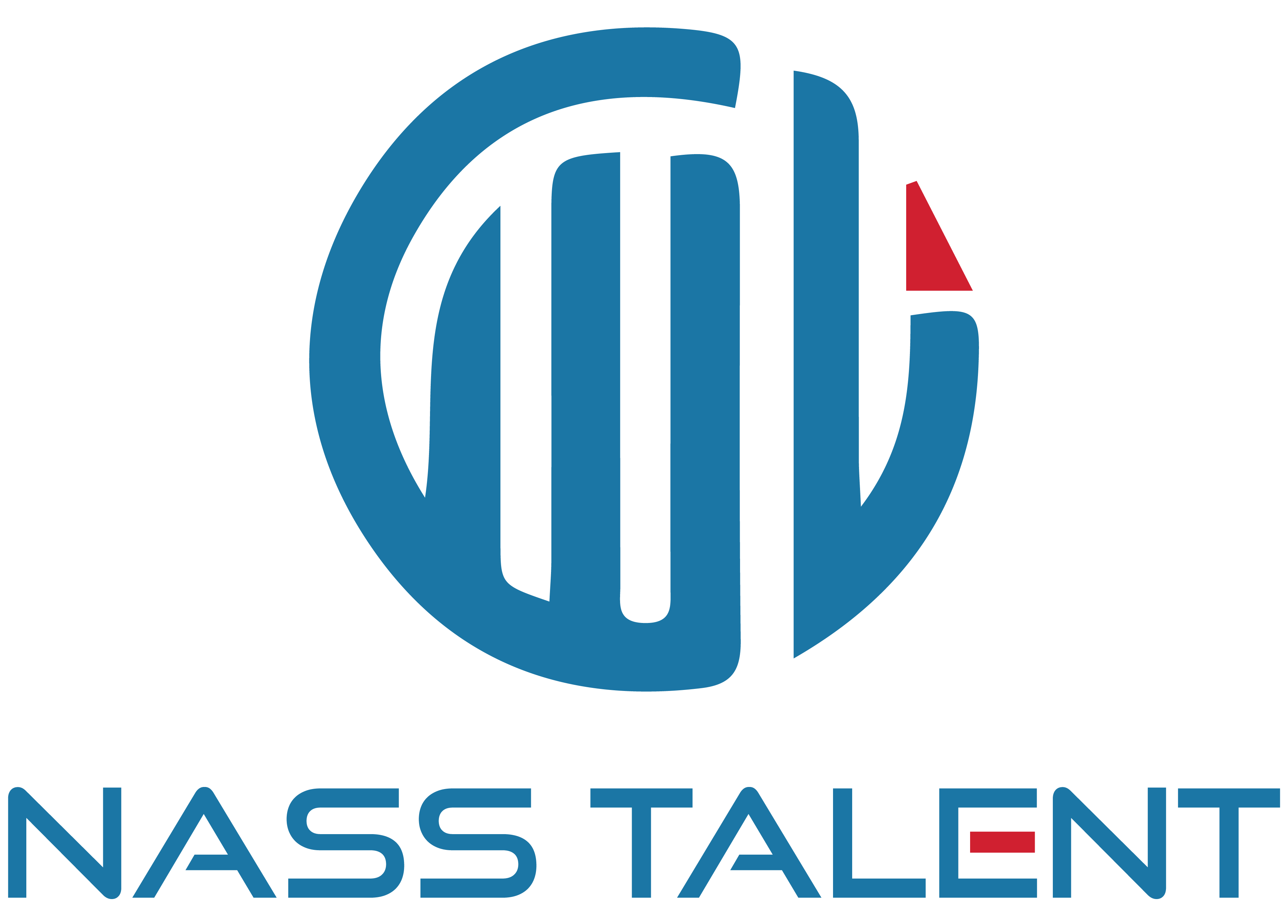Silent Signals: Warning Signs Your Best Talent Might Quit

Retaining top talent is one of the biggest challenges organizations face today in the dynamic and fast-moving work environment. Employees are lifeblood for any company, and losing key member in the team can have a huge impact on productivity, morale, and business performance. When the talented people leave, they take away with them not just their skill and experience but also valuable institutional knowledge that sometimes becomes very hard to replace. With labour markets more competitive than ever, there is a greater need for companies to be attuned to what might be subtle signs that their top performers are considering a departure.
Often, these signals are less than obvious. High-performing employees rarely voice dissatisfaction outright; instead, their disengagement manifests through more nuanced behaviours – missed deadlines, reduced enthusiasm, or subtle changes in social interactions. These are “silent signals” that all too often go unnoticed by management until it’s too late. Understanding and acting on these warning signs can make the difference between retaining or losing your best talent.
Why Top Talent Quits
Before looking into the warning signs, it’s worth knowing why top talent is leaving. Employees leave their current employers often due to dissatisfaction in different elements of their role or in the working environment. Here are some common reasons:
1. Lack of Career Growth
If the employees feel stagnant, and believe there is no room for advancement, they are more likely to seek better new opportunities.
2. Burnout and Work-Life Balance Issues
Working overtime without time off can result in burnout. No matter what they feel about the company or its principles, even the sincerest employees may rethink their decision to be there based on lack of pay and poor work-life balance.
3. Inadequate Compensation
A compensation package is not only about the money. When an employee feels that they are not paid fairly for what they bring to the company, whether through monetary value or benefits, they may look for somewhere else to work.
4.Poor Leadership or Management
Most of the time, employees will quit on managers, not companies. A bad relationship with a direct supervisor can quickly lead to job dissatisfaction.
5.Lack of Recognition
Employees who do not feel valued for their work will seek another employer who will value their contributions and efforts.
Once you understand these underlying causes, you can begin to spot the silent signals that your top talent might be on the verge of quitting.
Warning Signs of Employee Turnover
Identifying employee turnover signs early will put an organization in a proactive position before it is too late. While some signs are more obvious than others, So many go unnoticed, especially if leadership is not attuned to them. Here are some key silent employee turnover signals that could mean your best talent is thinking to quit:
A. Decreased Engagement and Participation
When top performers lose their enthusiasm to contribute in team meetings, share leads or collaborate on a particular project, that is often a red flag. Something is amiss when their contributions are no longer valued, causing frustration or dissatisfaction in their work.
Regularly monitoring employee engagement through tools like best practices for workplace surveys can help catch these issues early. A survey is designed to explore the feelings of employees regarding their position, their teams, and the company culture.
B. Change in Work Habits
Generally, top performers have ingrained work routines, when you observe new habits, such as coming in late, leaving early, or taking many more breaks, this may indicate they they are becoming disengaged or that they might be looking elsewhere for employment. Another sign that the employee has lost interest in their job is a decrease in productivity or accepting fewer projects.
C. Reduced Quality of Work
When employees that in the past delivered outstanding performance start to submit poor work, then this is the point of perhaps when they mentally retired. This direction of deterioration normally arises as a result of dissatisfaction, burnout, or being unappreciated. It’s crucial to address any noticeable changes in work quality to understand the root cause.
D. Withdrawing from Social Interactions
Another silent signal is an employee disengaging from their colleagues. When a person who previously engaged in team’s activities, social gatherings, or just casual office conversations starts isolating themselves, it may indicate they are emotionally distancing themselves from the organization. Social relations with coworkers is one of the great job satisfaction indicators, so a sudden withdrawal should raise concerns.
E. Reluctance to Take New Responsibilities
Top performers often thrive on challenges and new opportunities. When they begin to turn down extra duties, then it may be a sign that they do not see themselves there in the long run. Employees who plan to stay and grow with an organization are generally eager to contribute and expand their skill set. Reluctance to do this can be a sign they’re planning to leave soon.
F. Lack of Interest in Long-Term Projects
If employees decline to be involved in long-term projects, you may be sure that they do not know how long they will stay with the company. Those that will quit are avoiding getting involved on long term tasks so that they don’t leave undone work when quitting. Pay attention when someone who embraced multi-phase projects start declining involvement.
G. Frequent Absences or Increase Use of Vacation Time
Employees may spend some more of their leave days or come to office without explanation so often. As much as the time off a productive employee need, a sudden increase in attendance can be a sign that they are disengaged or interviewing elsewhere.
H. Sharing Complaints or Negative Feeback More Often
If a formerly optimistic and solution-focused employee has started complaining more often or providing negative remarks, it could be the sign that they are getting increasingly unhappy with the job or company. While it is important to take employee feedback seriously, a shift toward constant criticism could be a sign that they have lost faith in the organization’s ability to address their concerns.
How to Prevent Employee Resignation
Once you are able to notice these warning signs, it is time for preventing employee resignation. You have a chance to retain your top performers through swift and thoughtful action. Here are some key strategies to consider:
A. Conduct Regular Employee Surveys
One of the best practices for workplace surveys is conducting periodical ones in order to measure your employees’ satisfaction. Surveys give employees a voice when it comes to telling one another, in an anonymous manner, how they really feel and think about the work place. This can provide valuable information as to what’s working and what is needed to change. And using that data, you can address concerns before they become resignations.
Remember to follow up on the feedback that you get. Employees need to feel like their opinions are important and that the organization is committed to changing things if they are found wrong. Addressing the issues raised in surveys can help improve overall morals and engagements, reducing the likelihood of turnover.
B. Foster Open Communications
Open communications between employees and management also prevents resignation. Employees are likely to present problems when they begin to feel the discomfort, and managers will address these matters before they become more than an issue. Therefore, it helps create a better work environment.
Leaders should also provide feedback and appreciation at constant intervals. Workers will not seek appreciation elsewhere when they feel appreciated for their work.
C. Create Clear Career Growth Opportunities
Providing a clear path for growth through the company will help cut turnover almost in half. Top talent wants to know that they have a future with your organization. Provide opportunities for them to grow, both for skills and mentoring, as well as promotion possibilities. Employees will stay longer if they feel they are growing personally and professionally.
D. Address Work-Life Balance
Burnout tends to be the leading cause why many employees resign. It ensures that the employees achieve a good work-life balance by providing flexibility at work and metal health support with reasonable workloads. Organizations with happy employees have lower employee turnover rates and higher productivity.
E. Offer Competitive Compensation and Benefits
Competitive compensation and benefits packages are used to keep the best talent on board. Compensations packages must be reviewed periodically to ensure that they meet industry standards. If you can’t offer the highest compensations, other provisions such as remote work options, wellness programs, or extra vacation days make your company more interesting.
Conclusion
A loss of a key employee can be shocking to an organization. But if you notice those silent signals that your best talent is considering moving on, you can take steps to address their problems in order to prevent employee resignation. Few signs such as lack engagement or changing work habits can be subtle but very telling.
Implementing best practices for workplace surveys is a very effective tool to bring potential issues on board as early as possible. Checking in with employees, encouraging open communication, and creating a friendly work environment can help reduce employee resignation so that your best talent stays committed and engaged in helping your organization succeed.
Best Practices for Workplace Surveys: Tips for Accurate & Reliable Data
Tags: Best practices for workplace surveys, Survey methodology in UAE, Employee engagement surveys UAE, Survey design tips, Survey tools in UAE, Employee survey strategies, Workplace survey solutions









